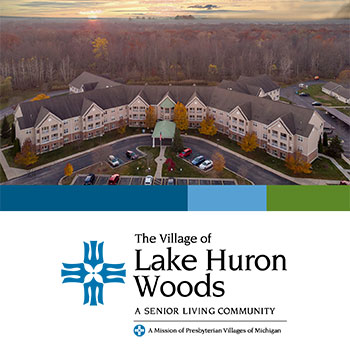As the seasons change from fall to winter and the daylight hours shorten, it’s common to feel a little blue. If, however, these feelings persist and intensify you may have Seasonal Affective Disorder (SAD). SAD is a type of depression that usually occurs between September and May. It’s characterized by constant sadness, extreme fatigue, social withdrawal, and cravings for starchy foods.
While its exact cause is unknown, researchers think it is related to the decrease in sunlight that occurs during fall and winter. Low sunlight disrupts our bodies’ natural rhythms, decreases our brains’ serotonin levels, and interferes with melatonin production and absorption, all of which affect mood.
The first line of treatment for SAD is light therapy. It involves sitting next to a special, high inensity light for approximately 30 minutes a day. Another common treatment is dawn simulation. It involves use of a device connected to a high intensity light that gradually turns it on over 1 to 2 hours, thereby simulating sunrise. Researchers believe these therapies work because they reset our internal clocks and return our bodies to a more natural rhythm.
To be effective, they need to be performed throughout the fall and winter. Otherwise symptoms will return. If these therapies don’t seem to work, additional treatment with medication and counseling may be needed. If you think you have SAD, don’t treat yourself. Consult your physician. He or she will be able to make a proper diagnosis and determine the most effective form of treatment for you.









